GRC teams face mounting pressures as regulatory demands grow, cyber threats increase, and resources remain tight and they must be proactive and vigilant in their approach to risk management and compliance. Unlike traditional approaches that rely on periodic assessments, continuous control monitoring (CCM) offers a powerful way to stay ahead, providing real-time insights that help identify risks and compliance gaps before they escalate.
In this blog, we’ll dive into what CCM is, its role in a risk management framework, the benefits it provides, and how to implement it effectively.

What is Continuous Control Monitoring?
Continuous Control Monitoring (CCM) is the process of continuously assessing, analyzing, and reporting on the performance of an organization’s security controls. Unlike traditional, periodic assessments, this proactive approach uses automation to provide real-time or near-real-time insights into whether controls function as intended. CCM goes beyond traditional point-in-time assessments by providing an ongoing surveillance system that ensures controls are effective in addressing new risks, threats, vulnerabilities, and regulatory requirements.
By automating monitoring, CCM allows organizations to quickly detect and address potential compliance gaps, ensuring their security posture remains strong.
CCM’s Role in Risk Management
Incorporating CCM into a broader risk management framework is essential to maintaining a secure and compliant environment. According to NIST Special Publication 800-137, continuous control monitoring is central to an organization’s security, enabling timely risk management decisions and updates to key documents like security plans and assessment reports.
As part of the Risk Management Framework (RMF) developed by NIST, CCM is one of the seven critical steps necessary for effective risk management. By enabling continuous assessments of security controls—including both automated and manual processes—CCM ensures a complete and ongoing evaluation of control effectiveness. This allows for more informed decision-making and enhanced visibility into risk at all levels of the organization.
Benefits of Continuous Control Monitoring: Implementing CCM provides several key benefits that enhance both compliance and operational efficiency:
Enhanced Risk Management Decisions: With continuous monitoring, organizations can swiftly respond to emerging risks, reducing the likelihood of security incidents. This real-time feedback also empowers leadership to make informed, risk-based decisions about resource allocation and security adjustments.
Improved Compliance: Many regulations, such as FedRAMP and ISO 27001, mandate continuous monitoring to ensure ongoing compliance with standards. By using CCM, organizations can not only maintain compliance but also quickly identify and address gaps, reducing the burden of point-in-time audits. This continuous oversight also prevents last-minute scrambles to address compliance issues just before an audit.
Operational Efficiency: Automated monitoring reduces the need for time-consuming manual control testing. By freeing up valuable human resources, organizations can focus on higher-priority tasks without sacrificing the quality or effectiveness of control assessments.
Cost Savings: Automating control monitoring decreases labor costs associated with manual assessments. It also helps prevent costly security incidents and compliance violations, reducing the potential for fines, penalties, and reputational damage from non-compliance.
How to Implement Continuous Control Monitoring
Taking a structured approach to CCM can simplify the process and maximize its effectiveness. Here are five key steps for building an effective CCM strategy:
Identify and Prioritize Controls to Monitor: Start by pinpointing high-risk areas, such as data protection and access management, that benefit most from continuous oversight. Past audit data and frameworks (like ISO 27001 and NIST 800-53) should be used to guide control selection.
Determine Control Objectives: Set specific objectives for each control to track its effectiveness. For instance, an access control objective might be to minimize unauthorized access, which can be tracked by the number of flagged attempts.
Establish Metrics or Automated Tests: Use measurable metrics or automated tests that trigger alerts when controls fail to perform as expected. For example, a metric for vulnerability management could be the monthly or quarterly reduction in identified vulnerabilities.
Create an Alert System: Develop a system for managing control alerts, notifying appropriate personnel, and remediating control deficiencies. It’s essential to document remediation actions in advance to ensure swift responses when controls deviate from expected performance.
Regularly Review and Update: Continuously review and update your CCM process to reflect changes in the business environment, emerging threats, and evolving regulatory requirements. This ensures that monitoring remains effective and aligned with your organization’s needs over time.
Simplifying CCM with the Compyl Platform
Implementing CCM becomes far easier with Compyl’s integrated GRC platform. With Compyl, you can continuously monitor security controls, provide real-time visibility, and automatically generate reports to streamline compliance processes.

Achieving a Resilient and Secure Organization with Continuous Control Monitoring
With continuous control monitoring, you can reduce the manual burden on compliance teams and also deliver a high return on investment by minimizing the risk of security incidents, compliance violations, and associated costs. This helps ensure that your organization’s security controls remain effective, compliant, and aligned with business goals—resulting in a more resilient and secure organization.



